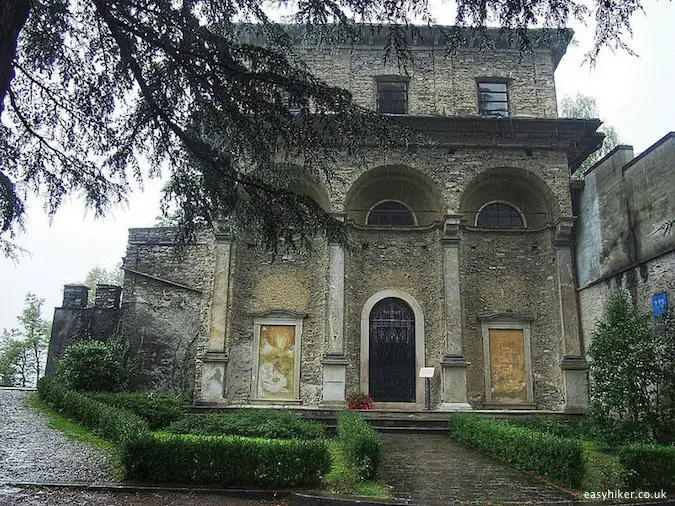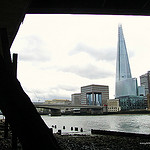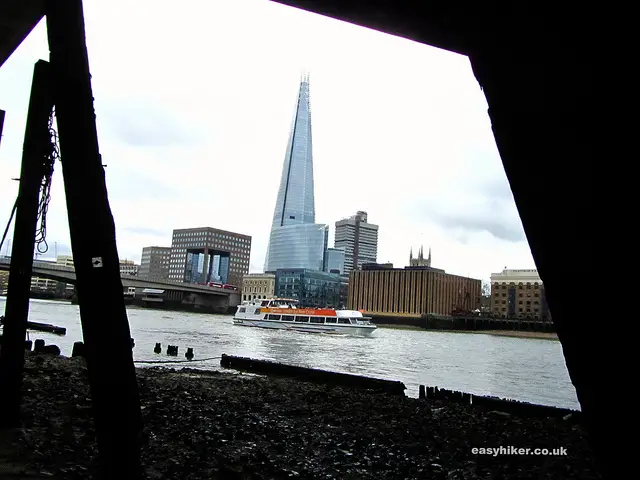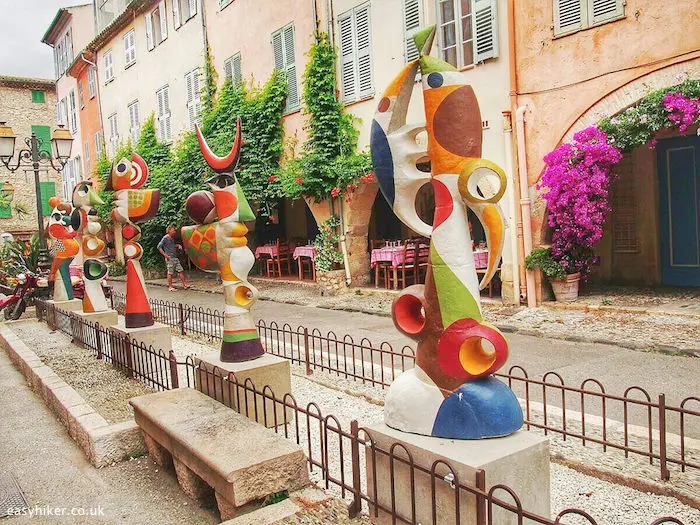Modern architecture is difficult to love. It is not so much the concept that is the problem here: all of us can easily agree that its principles are fine and noble – simplicity (less is more), an appearance of elegant restraint (ornament is crime), transparency of structure (form follows function).
But while this theory has a universal appeal, “real modernism” is an entirely different ballgame, a fate it shares with many other grandiose concepts (Christianity and socialism, to give you just two).
Somehow, modernism’s high principles have landed us in a world full of brutalist housing estates, cookie-cutter high-rise buildings and, more recently, the products of a nightmarish novelty architecture that seems stuck half-way between Roger Rabbit’s toontown and the hallucinatory urban dystopias of German expressionist cinema – The Mixed-Use High-Rise Building of Doctor Caligari, if you like.

But while Christianity and socialism never seem to work as advertised wherever you go, there is one place in the real world where architectural modernism has performed really well: this place is Tel Aviv.
Fall in Love With Modern Architecture in Tel Aviv
The secret of Tel Aviv’s success is simple: when the city took shape in the two decades between WWI and WWII, modernism had no serious rivals and was therefore allowed to compete with itself.
Let a thousand modernisms bloom – that seems to have been the motto, and as a result, Tel Aviv offers something for every taste.
It reminds you that there is beauty in austerity …

… as well as in elegant sophistication,

… that there is beauty in the straight line …

… as well as in curves …

… and that beauty can even reside in right angles, provided they are stacked together with a sense for balance and proportion.

Tel Aviv also makes clear that no period can claim to represent the definitive form of modernism: beautiful buildings were created during the adolescence of modernism when there was a fervent wish to break with conventions and traditions but no certainty yet of what to put in their place …

… as well as in modernism’s late period (the modernism of the 21st century) when innovation made way for celebrations of excess, luxury and high artifice.

There are many reasons to visit Tel Aviv: it is a great place to enjoy Middle Eastern cuisine or to study the marks left behind by some of the most fascinating chapters of 20th century history.
It is also perfect for falling in love with modern architecture. You thought modernism was boring, rigid and predictable? Well, think again: in Tel Aviv, it can be the exact opposite.
Welcome to a world where anything goes.

For an introductory walk through Tel Aviv’s “White City” – the architectural World Heritage Site designated by UNESCO – we suggest the following. The three protected areas – labeled A, B, and C – are close to one another, and you will not need more than half a day to briefly familiarize you with their charms and sites.
To fall in love with modern architecture in Tel Aviv, start at Zone A around Dizengoff Square, exploring the area by leisurely strolling through the side streets between Ben Gurion Boulevard and Bograshov Street.
Ideally, you should make this a voyage of discovery of modern architecture in Tel Aviv rather than coming with a list of 10 buildings to see and ticking them off one after the other.

Start in the north of Zone A near Ben Gurion Boulevard and proceed southward before crossing Bograshov Street and making your way to Zone C, which consists of little more than Bialik Street.
On Bialik Square on top of the street, Bialik House (the former home of H. N. Bialik, Israel’s “national poet”) and the spectacularly elegant old city hall are both under reconstruction, but virtually every building in the street will reward your attention (such as Grouse House.)

At the end of Bialik Street, turn left into Allenby Street, proceeding past Poli House on the corner of the Nahalat Binyamin neighbourhood …

… before turning left into Montefiore Street.
You are now in the Lev Hair district of Tel Aviv, which is largely congruent with the White City’s protection Zone B.

Turn left into Rothschild Boulevard, the main street of this area which is lined on either side with buildings that represent modernism in all of its shapes and configurations.
While many of the buildings here might as well have been constructed in Berlin or Vienna, Rubinsky House on the corner of Sheinkin Street is a great example for a modernism that has gone distinctly native.

Most houses here have an information panel attached to them that provides you with some rudimentary facts such as the period of construction and the names of the architects. If Tel Aviv is a museum for modernist architecture, then this is the main room on the ground floor.
The museum, however, has many other galleries, and you will find interesting buildings virtually on every street in town. Just walk around, keep your eyes open, and give Tel Aviv a chance to surprise you. It won’t let you down.







